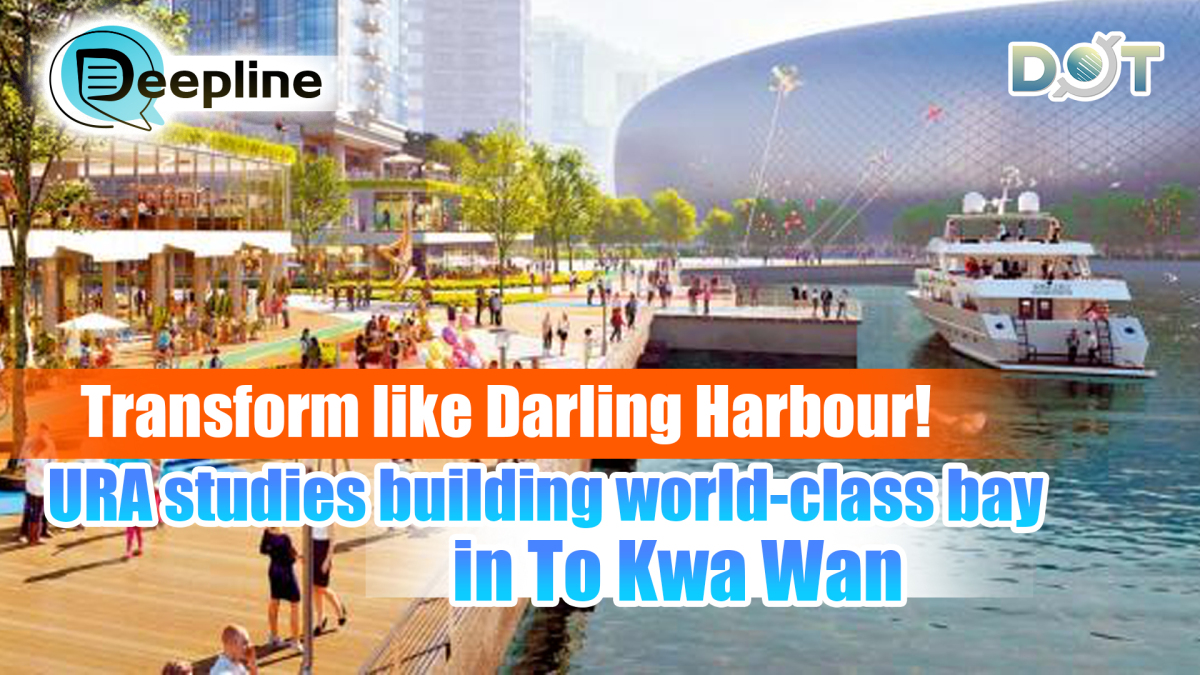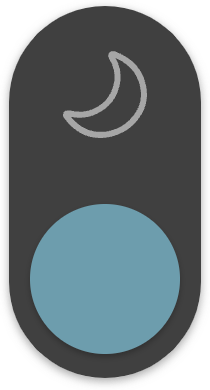
The Urban Renewal Authority (URA) has proposed transforming the waterfront area stretching from To Kwa Wan Typhoon Shelter to Kai Tak Cruise Terminal into a "eastern Victoria Harbour bay area." Preliminary suggestions include introducing water activities such as rowing and kayaking in the inner harbor near Kai Tak Sports Park and Ma Tau Kok Road, installing floating platforms for performances, and converting existing barges into dining venues, swimming pools, and floating beaches.
Detailed planning underway
URA Managing Director Wai Chi-sing stated that the team is currently refining the preliminary proposals from the To Kwa Wan waterfront study. An initial report with feasibility recommendations is expected to be submitted to the URA in the second half of this year.
The To Kwa Wan waterfront study, launched in March this year, covers approximately 800 hectares, which includes the To Kwa Wan Promenade and adjacent coastal areas, along with nearby waters. On land, it extends north to Kowloon City's "Lung Sing" district, east to the Kai Tak Development Area, and west to Ho Man Tin and the Ko Shan Theatre.
In his blog post yesterday (May 18), Wai explained that the study aims to create a world-class "eastern Victoria Harbour bay area." He noted that the water area along To Kwa Wan's waterfront is comparable in scale to famous harbors like Sydney Harbour in Australia, Oslo Fjord in Norway, and Tokyo Bay in Japan, demonstrating significant potential to become a world-class bay area.
International inspiration & vision
According to Wai, the integrated "water-shore-land" planning concept has been successfully implemented overseas, with some areas developing into renowned waterfront districts, including Darling Harbour in Sydney, Australia, and Aker Brygge in Oslo, Norway. These world-class waterfront developments share common characteristics: they revitalized old districts through land use reorganization, improved built environments, and enhanced road networks, fully leveraging coastal advantages by combining water, shore, and land elements for diversified development.
The study's preliminary recommendations suggest making use of To Kwa Wan's existing waterfront promenade and pier facilities in the short term, avoiding the need for additional major construction while providing water activities, performance venues, and leisure facilities.
Specifically, the inner harbor waters near Kai Tak Sports Park and Ma Tau Kok Road have relatively calm currents, making them suitable for static water activities like rowing and kayaking. The proposal includes adding floating platforms for performances and concerts, allowing residents to enjoy shows from the shore.
Innovative use of existing conditions
The To Kwa Wan Typhoon Shelter currently hosts barges and features two breakwaters. The study explores converting some non-operational barges into dining venues, outdoor concert spaces, or installations of light art displays, as well as transforming them into swimming pools or floating beaches. Additionally, it suggests placing art installations on the breakwaters for visitors to appreciate by boat, creating diverse recreational experiences.
For two "disconnected sections" along the To Kwa Wan waterfront - the coastal gas facility site near Grand Waterfront and the Green Island Cement pier area - the study considers building pedestrian boardwalks to improve connectivity. As some areas involve private land ownership, solutions may require negotiations with landowners or exploring small-scale reclamation for boardwalk construction.
Regulatory and technical considerations
Still, Wai emphasized that these proposals require detailed study and technical impact assessments, along with discussions with government departments and barge operators. For instance, introducing water activities, performance venues, and dining facilities in Victoria Harbour must comply with relevant regulations and licensing requirements. Converting barges into dining establishments would need operational licenses from government departments, meeting fire safety and food hygiene standards.
Wai expressed hope that through urban renewal projects, the URA can improve old districts and strengthen connections between inland areas and the waterfront in To Kwa Wan, bringing more foot traffic and vitality to the bay area.
Regarding inland-waterfront connectivity, he mentioned that the pedestrian tunnel project of the Sa Po Road, expected to open around 2029, will provide seamless pedestrian access from Kowloon City to the Kai Tak Development Area, the Metro Park at the northern end of the former runway, and adjacent waterfront spaces.
Furthermore, the URA preliminarily proposes improving streetscapes and pedestrian environments along Ma Tau Kok Road. A redevelopment project in the area plans to include a waterfront plaza at least 25 meters wide, allowing residents to walk from To Kwa Wan Road directly to the waterfront.
Kowloon City District Council Member Lam Pok commented, "Among all locations in Hong Kong, most waterfront areas are just used for jogging or at most as shared bicycle paths. This is an opportunity to develop the tourism and leisure industries. If we can connect this into a complete bay area, it could become an excellent leisure and entertainment hub... We should establish standards through community consultation, such as closing certain areas after 10 PM to ensure residents can rest in a quiet environment."
(Source: Ta Kung Pao, Wen Wei Po; Journalists: Lai Chun-hung, Tang Wen; English Editor: Darius)
Related News:
Deepline | Oasis of opportunity: How does HK weave new 'Silk Roads' in Middle East?




















Comment